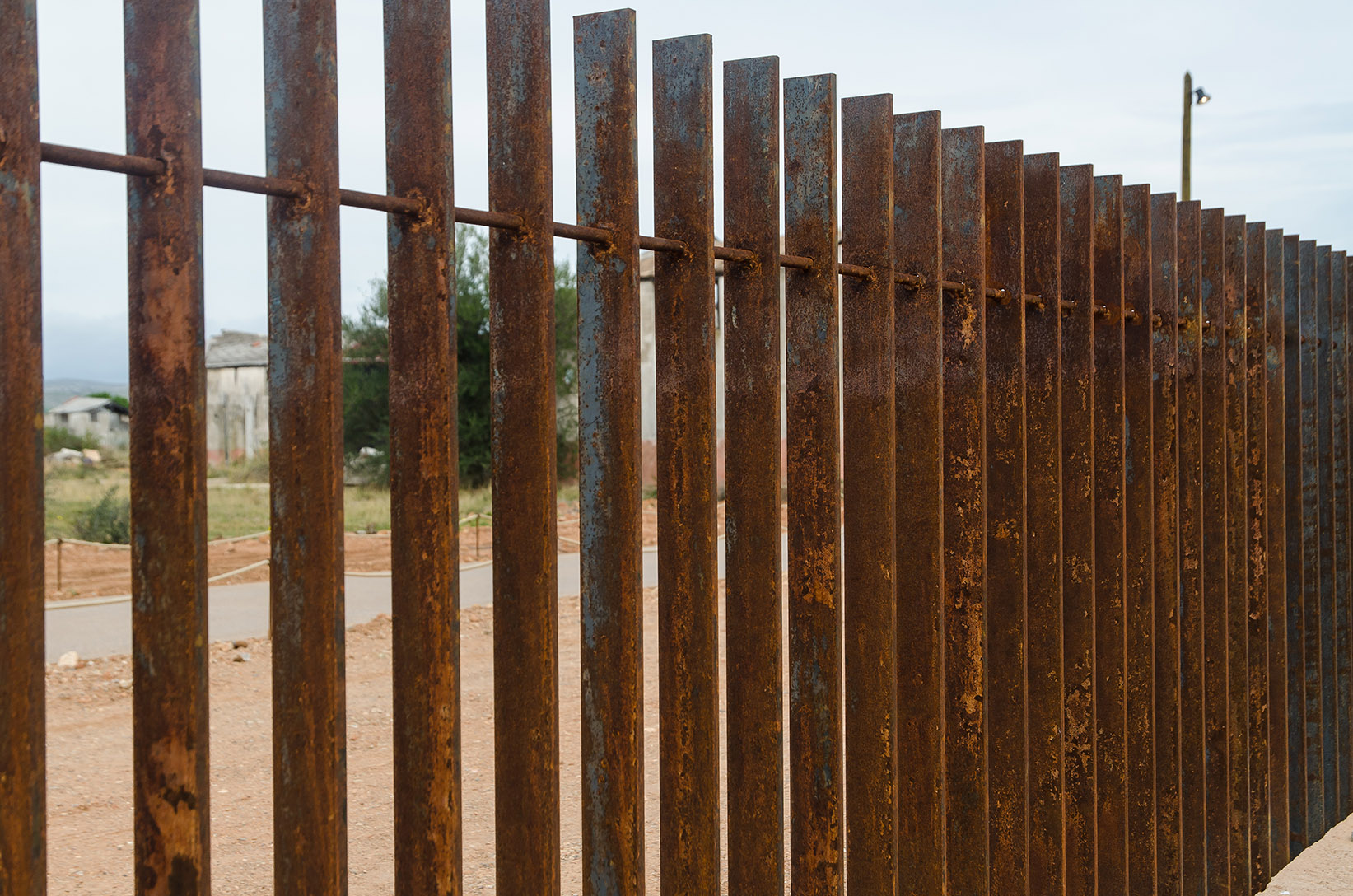I’m not sure why this image haunts me. At first I thought he resembled me at that age but now I’m not sure. This picture was made at the Mémorial du Camp de Rivesaltes, from a film about camp inmates that is projected on the wall of the museum.
I’m not much of a believer in fate; the idea that I might have been drawn to this place, to this story because of some unknown personal connection doesn’t resonate. I’ve never uncovered any evidence of any member of my family having been at this camp, and I simply do not believe in reincarnation, which nixes the thought that it might in fact be me. It’s tempting but I’ve already written this book and I’m not in it.
So what’s going on here?
My best guess is that the superficial resemblance cemented an emotional connection to the camp that informs the novel. That connection began with my first visit to the site, deepened with the photos I made that day, and went further with the research that followed. It became personal with the challenge in the eyes of this boy looking directly into the camera.
I’m not sure how old he is. I would have thought about fifteen but the dark pouches under his eyes belong to an older man. He is shirtless, which would suggest summer heat on the Rivesaltes plain, and while his face is thin, we cannot see his torso and can’t know for sure if he has had enough to eat. He looks healthy and his direct gaze projects strength.
I’d like to think he survived. Perhaps he was one of the more than six hundred children who were saved from the camp by the heroic efforts led by Friedel Bohny-Reiter of Secours Suisse aux Enfants. Perhaps he made it to a home in the region and was raised by one of the many anonymous families who risked their own lives to save the children of strangers. He could have grown up to be an artist, a musician, or a writer. Or maybe he settled nearby, married, raised a family, plowed his vineyards, and sent his fruit to the coop. Maybe he still does.
I am not the boy. I am the camera.
©2016 Ron Scherl

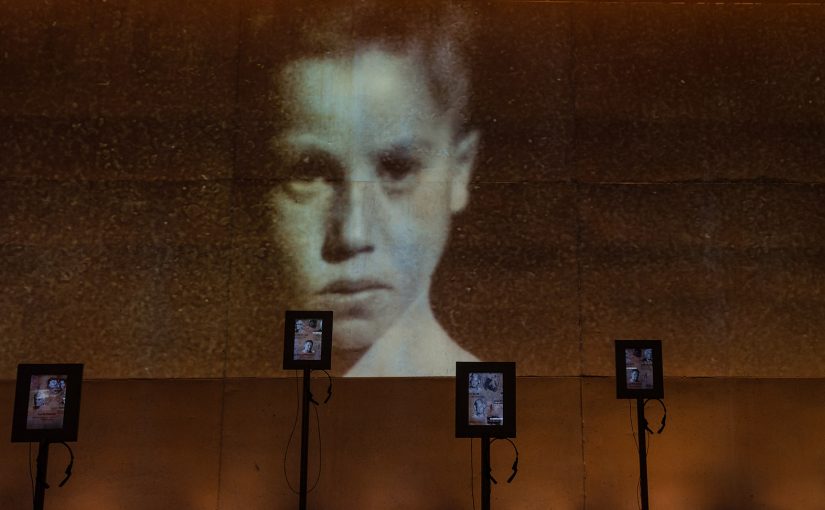
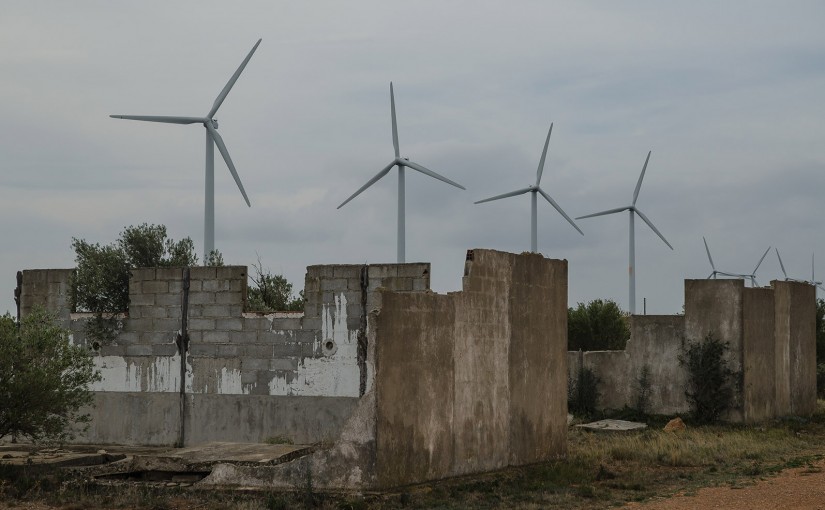
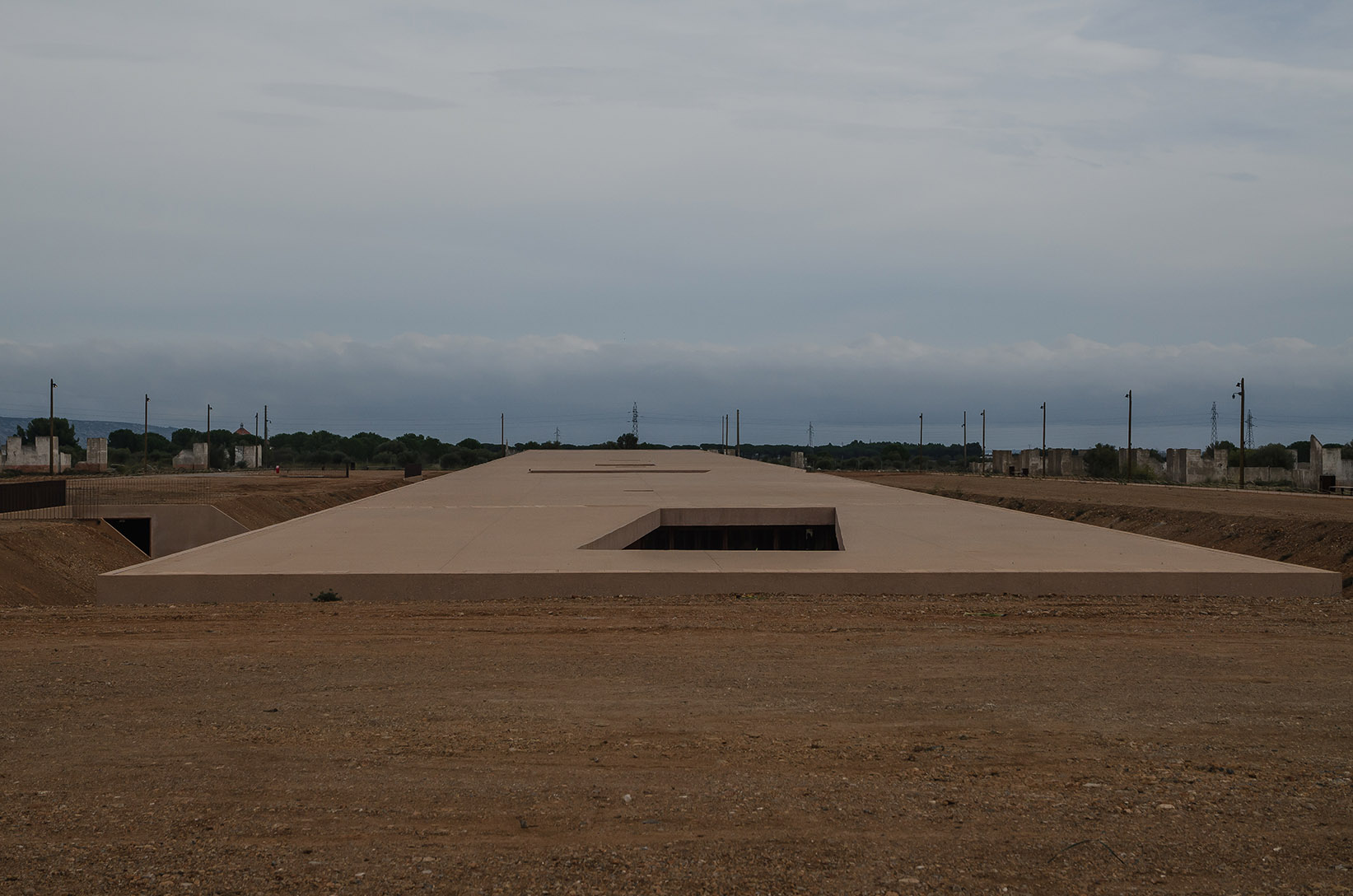 The museum building itself is built into the ground and from above resembles a soaring monument at rest, surrounded by the crumbling barracks and latrines of the detention camp on their way to returning to the earth. There is a path circling the building and, on an overcast day with the wind blowing, you can almost feel what it must have been like to be imprisoned here.
The museum building itself is built into the ground and from above resembles a soaring monument at rest, surrounded by the crumbling barracks and latrines of the detention camp on their way to returning to the earth. There is a path circling the building and, on an overcast day with the wind blowing, you can almost feel what it must have been like to be imprisoned here.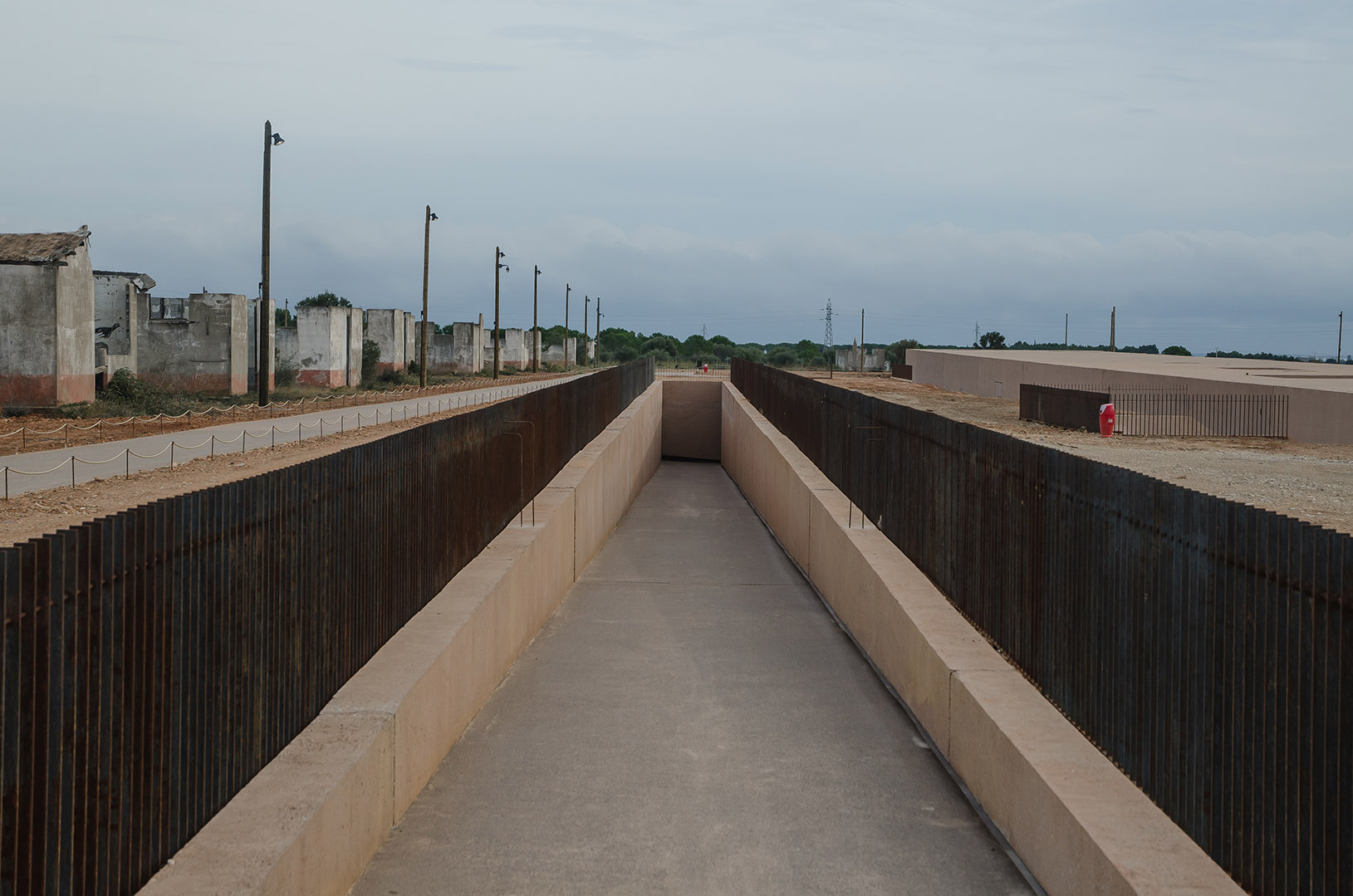 The entrance is a long descending ramp that appears to lead nowhere, but turns to the right to reveal a door.
The entrance is a long descending ramp that appears to lead nowhere, but turns to the right to reveal a door.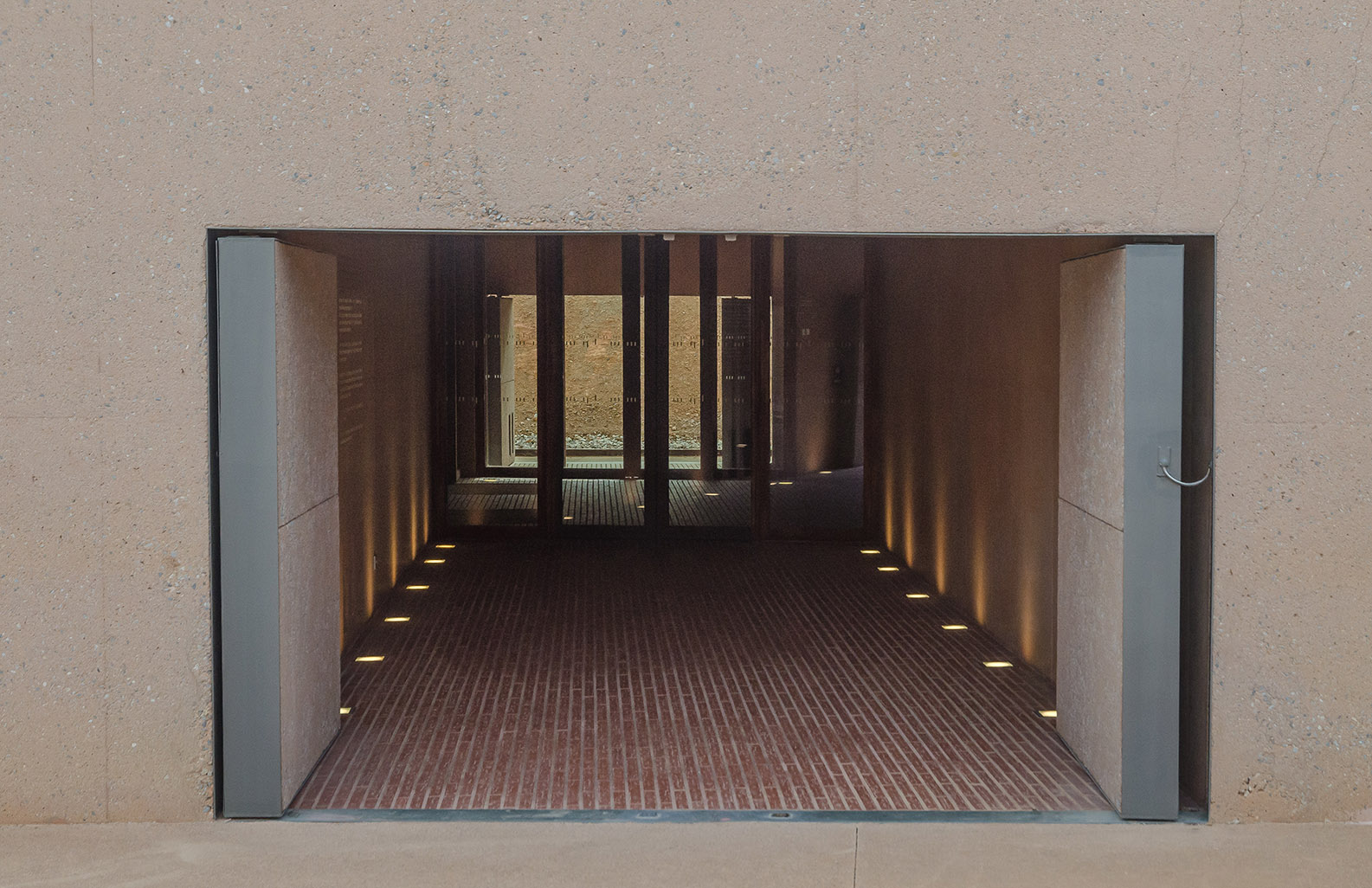
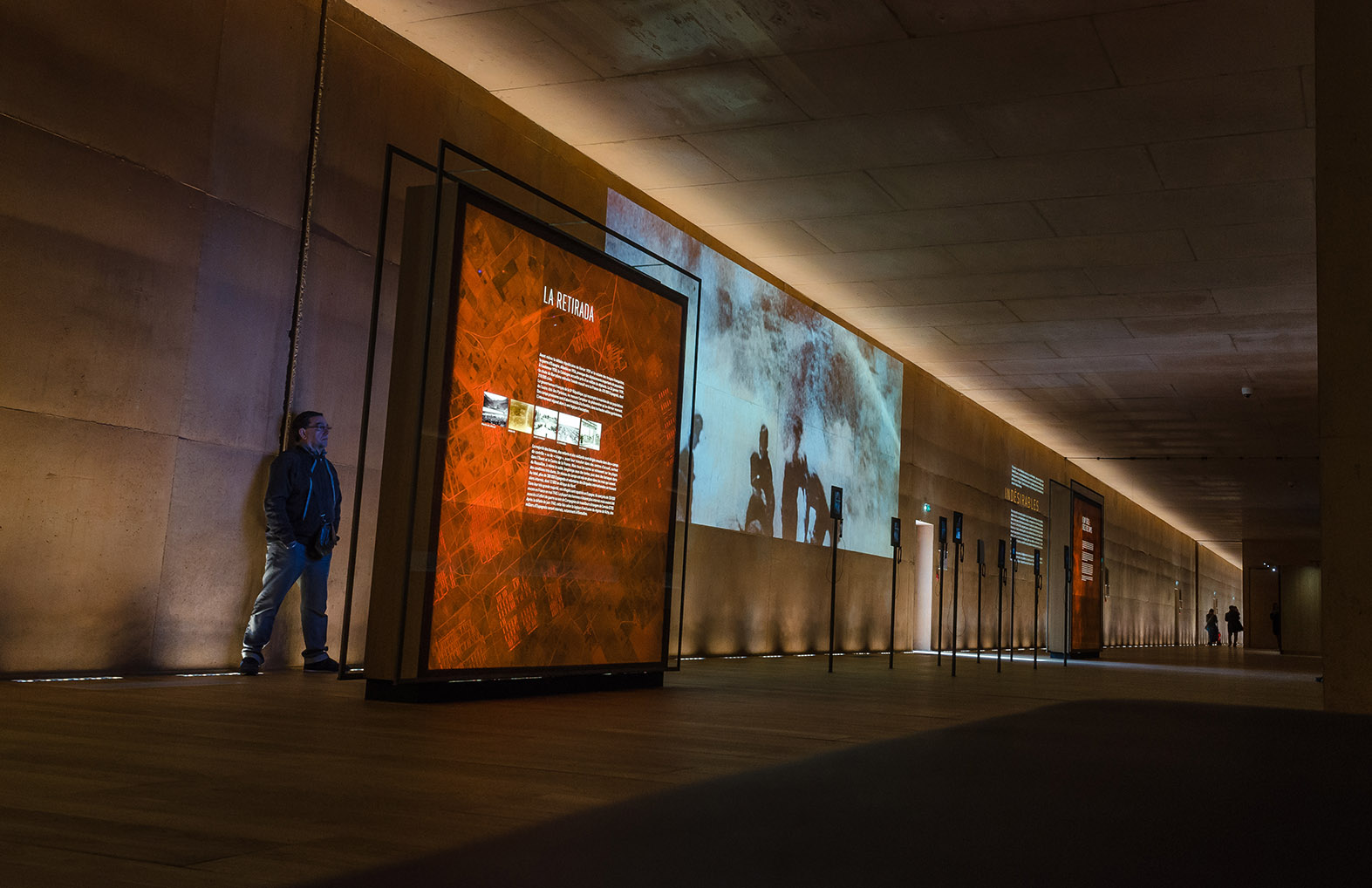
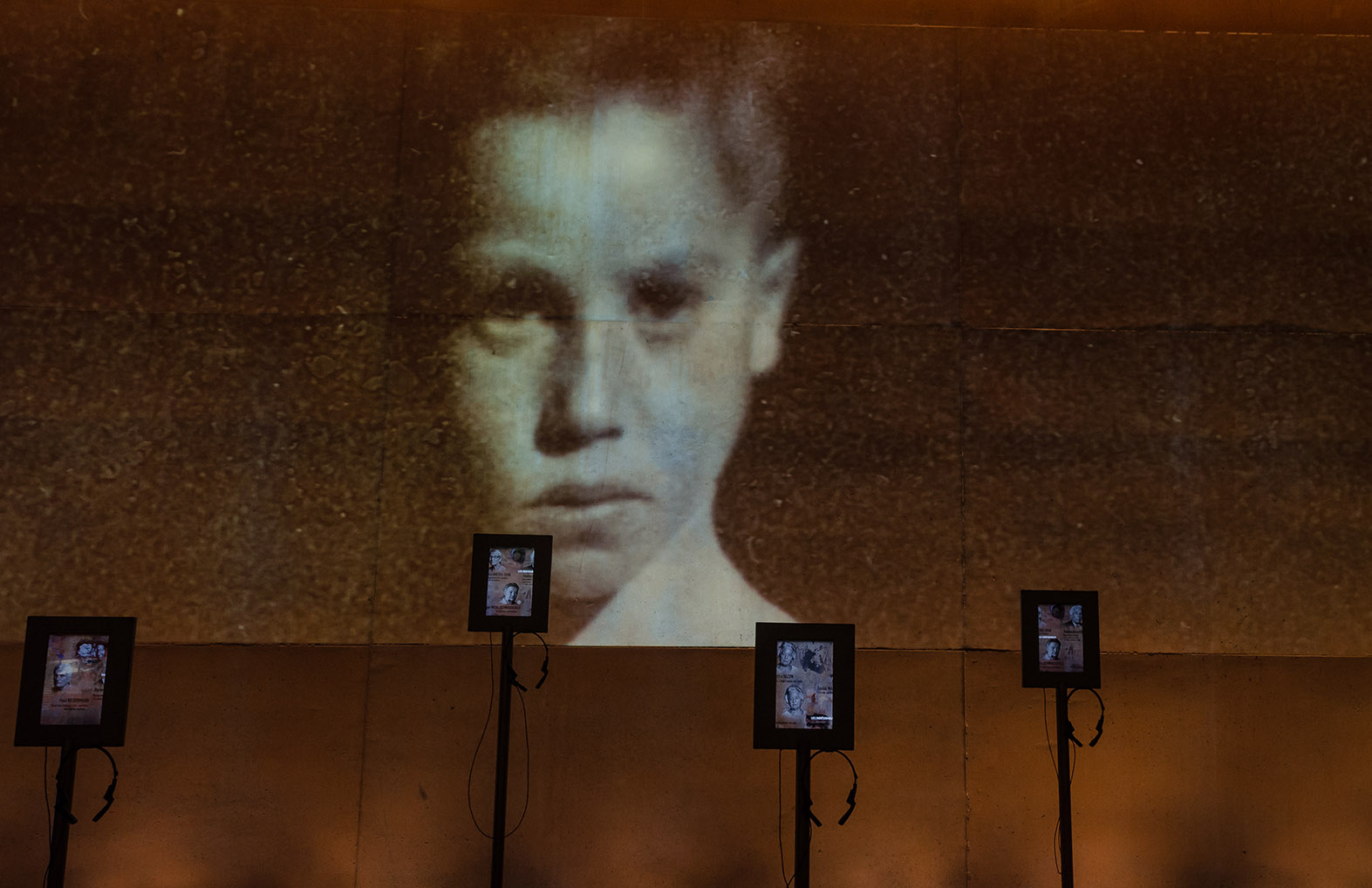 The main room is divided into sections that tell the story of each of the populations with historical footage projected on the rough cement walls, oral testimonials accessible through tablets, and informational films on video monitors. And there is also a look forward, a consideration of how we will deal with the same issues in the 21st century. The overlapping sounds and the design of the structure itself simulate the lack of privacy in barracks life.
The main room is divided into sections that tell the story of each of the populations with historical footage projected on the rough cement walls, oral testimonials accessible through tablets, and informational films on video monitors. And there is also a look forward, a consideration of how we will deal with the same issues in the 21st century. The overlapping sounds and the design of the structure itself simulate the lack of privacy in barracks life.